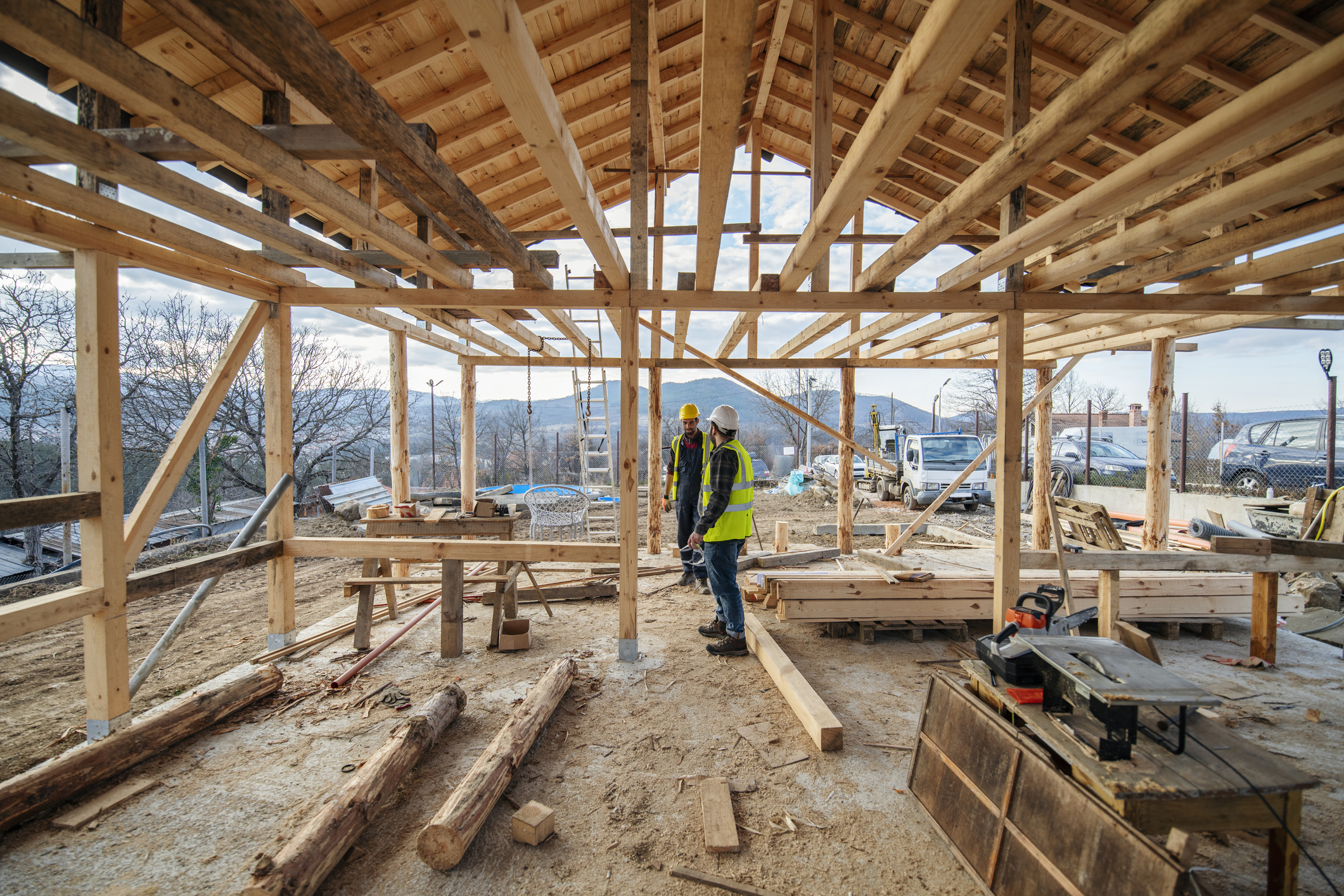The Current Real Estate Landscape – NPLA Meeting Recap

Authored by James Martin, VP of Operations at GoDocs
Eric Finnigan, John Burns Research and Consulting’s VP of Building Products Research & Demographics, joined the October 5th National Private Lenders Association (NPLA) meeting to discuss the current state of the housing market.
Become a member of the NPLA to join the next meeting!
Snapshot of Housing Market
The economy in 2023 is much stronger than it was from 2010 to 2019; however, rates are at their highest in decades, while supply is at an all-time low. Payrolls have seen a 3% year-over-year increase, with most of the growth happening in the low-wage sector. Meanwhile, high-wage sectors are making slower progress. As a result, there is a strong demand for entry-level units and rentals.
Unemployment is currently low, and jobs are readily available. However, there has been a noticeable rise in unemployment in California, New Jersey, Minnesota, and Missouri. In contrast, employment in other areas of the country remain stable. Savings-wise, consumers still have over 1 trillion dollars in savings compared to pre-pandemic levels, which acts as a buffer against inflation. Salaried workers continue to see a healthy 5% wage growth, while hourly workers receive a 4% increase, indicating a positive trend.
Incomes are expected to continue to grow as long as labor demand exceeds supply, as there are more job openings than available workers. Currently, the employees have negotiation power, as seen in recent union negotiations. Additionally, restarting student loan payments is anticipated to have some economic drag.
Mortgages
There are concerns about how high mortgage rates will go, with an anticipated 7.6% rate in October. Mortgage rates have risen significantly from 3% in mid-2021 to mid-7%, substantially reducing the number of borrowers who qualify for mortgages.
Housing Market Dynamics
Builders are currently experiencing strong sales rates and are offering incentives and move-in-ready homes to counter the impact of high mortgage rates. However, buyer hesitancy is emerging due to the volatility in rates. On the other hand, the resale market has slowed down due to rising rates and insufficient supply, with approximately 70% of real estate agents reporting a weaker market than usual. It is important to note that this discrepancy is not due to a lack of buyers, as they are outpacing the market in all regions.
Home Price Trends
The current trends in home prices have revealed some noteworthy insights. While there are some regional differences, overall, the growth of home prices has stabilized.
In Miami, prices have remained steady, whereas in Austin, they have seen a significant 12% drop from their 2022 peak. Real estate agents have noted that prices have hit their lowest point and, in most markets, they either remain flat or increase monthly. However, the sales of homes are being impacted by the increasing premiums of home insurance due to extreme weather conditions in some regions.
Resale Housing Supply and Listings
The housing market’s current state poses a significant challenge for resale housing. Data from the top 28 markets reveals a 40% undersupply of listings. Currently, only 1% of the total 86.1 million owner-occupied homes are available for sale, notably lower than the historical average of 3%. The cause of this undersupply is primarily attributed to homeowners staying in their homes longer, averaging around ten years, which significantly reduces the number of homes available for resale.
This situation presents a noteworthy concern for real estate professionals and investors, as the limited supply of resale homes may lead to increased competition and higher prices. Therefore, industry leaders must keep track of the market and adjust their strategy accordingly.
Fix and Flip Market
Fix and flip optimism persists, with properties selling in line with or above estimates. However, the cost of capital for fix and flippers has risen substantially, leading to a 70% pause on acquisitions.
Additionally, it’s worth noting that flipped home transactions have seen a notable 31% year-over-year decline. However, when put in relative terms, the 70,000 transactions this quarter align with the numbers seen in 2019.
Many younger households are now seeking move-in-ready or newly renovated homes and shying away from fixer-uppers. This trend means less competition for fix and flippers exists in the current market.
Wrap-up
Households benefit from rising wages, slower inflation, and high worker demand, with many still holding a substantial savings cushion. Low unemployment continues to drive strong housing demand. While student loan restarts may have a minor drag on the economy, rising wages offset this from a macro perspective. Caution is advised regarding the impact of rising mortgage rates. Builders are bridging the supply gap with move-in-ready homes and mortgage rate incentives.
Predictions for the Next 6 Months
Looking ahead for the next six months, experts suggest that the resale market may see a slight uptick in inventory due to people’s life decisions (e.g., moving) being a stronger driver versus what is “seen” as temporary increased interest rates. It’s also important to note that a considerable number of apartments are currently being built to help bridge the inventory gap.
Moreover, it’s crucial to consider that a significant number of people are entering the age range of home buying (the average age for a homebuyer is 35 years old). This demographic will likely keep the demand for housing strong despite any headwinds.
Author Bio:
GoDocs is an innovative leader in automated loan document generation, transforming the commercial lending process. With a fully cloud-based platform, GoDocs provides a flexible digital solution that makes commercial loans more cost-effective to document and faster to close, all while maintaining compliance in all 50 states. GoDocs is a Corporate Member of the NPLA.
